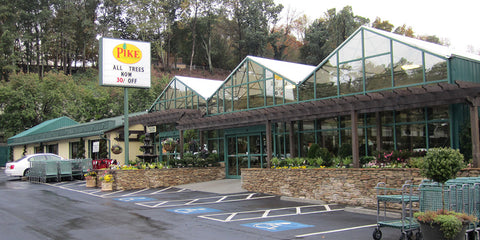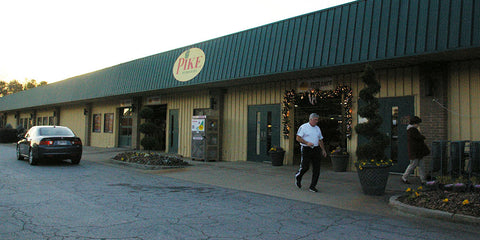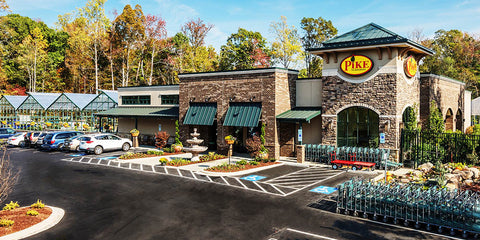Details
White Nancy Spotted Dead Nettle is a dense herbaceous perennial with a ground-hugging habit of growth. Its relatively fine texture sets it apart from other garden plants with less refined foliage.
This is a high maintenance plant that will require regular care and upkeep, and can be pruned at anytime. It is a good choice for attracting butterflies to your yard, but is not particularly attractive to deer who tend to leave it alone in favor of tastier treats. Gardeners should be aware of the following characteristic(s) that may warrant special consideration:
- Spreading
White Nancy Spotted Dead Nettle is recommended for the following landscape applications:
- Mass Planting
- Border Edging
- Groundcover
- Container Planting
Features
White Nancy Spotted Dead Nettle has masses of beautiful spikes of white flowers rising above the foliage from mid spring to early fall, which are most effective when planted in groupings. Its attractive oval leaves remain silver in color with distinctive forest green edges throughout the season. The fruit is not ornamentally significant.
Care
Planting & Growing
White Nancy Spotted Dead Nettle will grow to be about 8 inches tall at maturity, with a spread of 24 inches. Its foliage tends to remain low and dense right to the ground. It grows at a fast rate, and under ideal conditions can be expected to live for approximately 10 years.
This plant does best in partial shade to shade. It is an amazingly adaptable plant, tolerating both dry conditions and even some standing water. It is considered to be drought-tolerant, and thus makes an ideal choice for a low-water garden or xeriscape application. It is not particular as to soil type or pH. It is highly tolerant of urban pollution and will even thrive in inner city environments. This is a selected variety of a species not originally from North America. It can be propagated by division; however, as a cultivated variety, be aware that it may be subject to certain restrictions or prohibitions on propagation.
White Nancy Spotted Dead Nettle is a fine choice for the garden, but it is also a good selection for planting in outdoor pots and containers. Because of its spreading habit of growth, it is ideally suited for use as a 'spiller' in the 'spiller-thriller-filler' container combination; plant it near the edges where it can spill gracefully over the pot. Note that when growing plants in outdoor containers and baskets, they may require more frequent waterings than they would in the yard or garden.
























